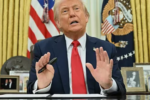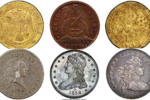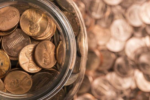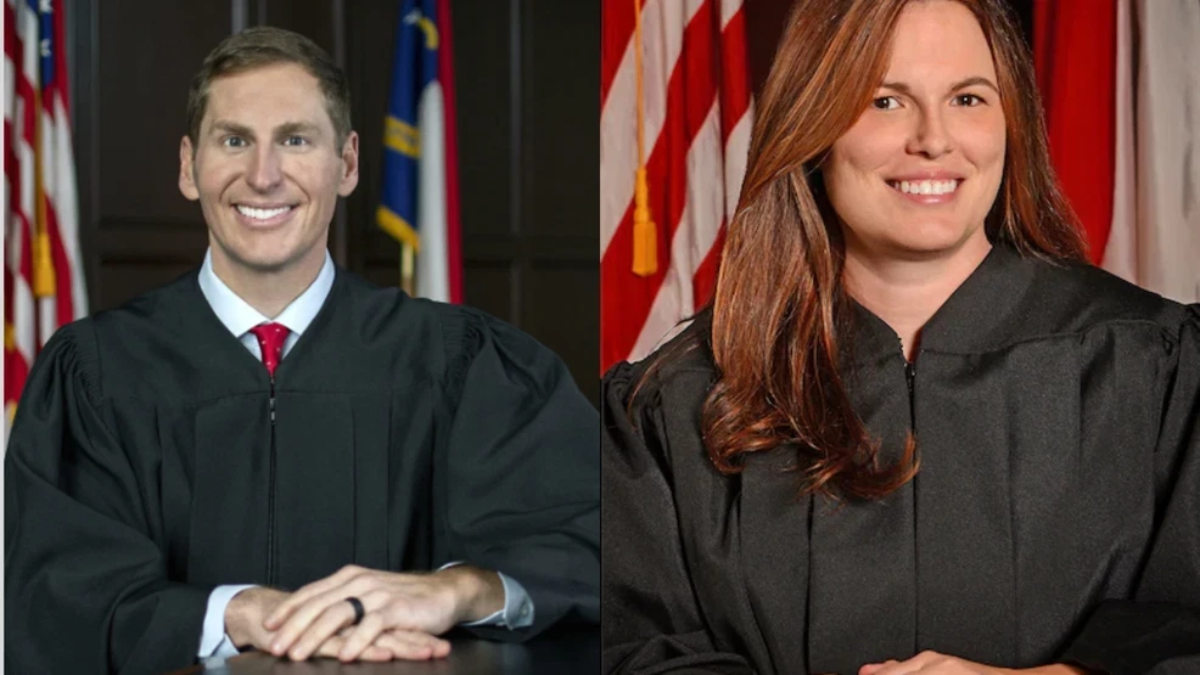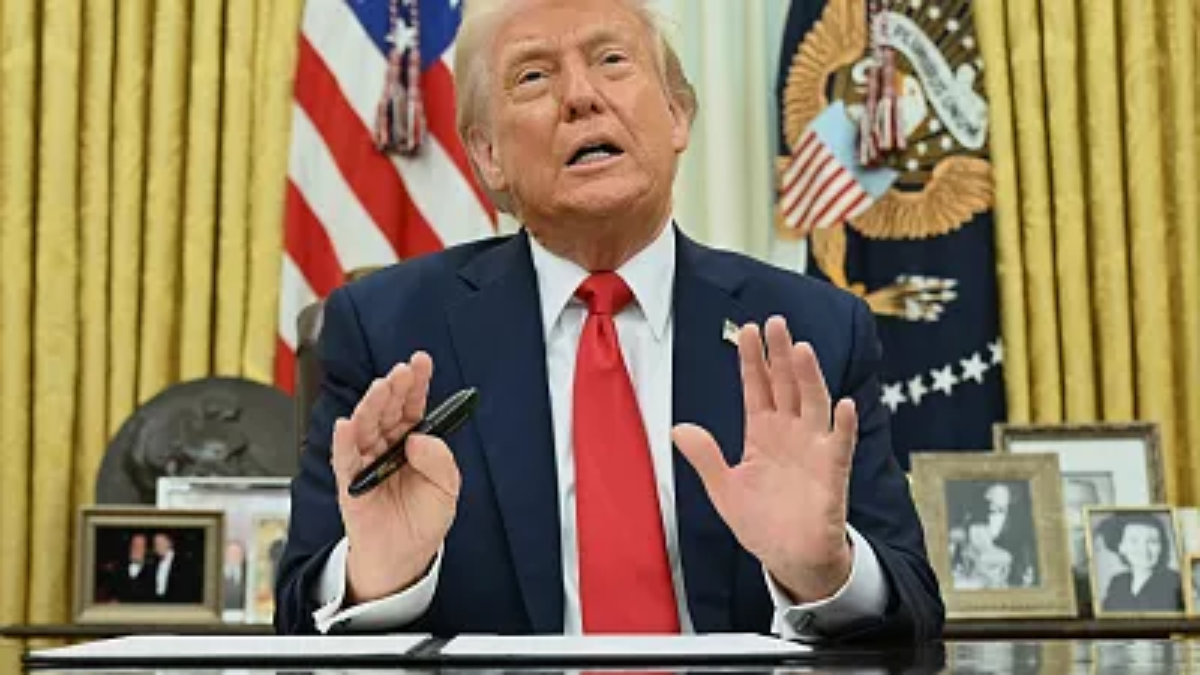Many coin collectors and enthusiasts dream of discovering a rare and valuable coin hidden in their collection or pocket change. While well-known coins like the 1909-S VDB Lincoln penny and the 1933 Saint-Gaudens Double Eagle often steal the spotlight, some lesser-known coins have fetched thousands of dollars at auctions.
If you’re a collector or simply curious about hidden treasures, here are four rare coins you should look out for.
1. 1969-S Lincoln Cent (Double Die Obverse)
The 1969-S Lincoln Cent with a double die obverse is one of the most sought-after error coins. This variety features a significant doubling in the inscriptions “LIBERTY” and “IN GOD WE TRUST”, as well as the date “1969”. Unlike common minting errors, this doubling occurred during the die creation process, making these coins highly valuable.
How Much Is It Worth?
Depending on the condition, this coin has sold for anywhere from $10,000 to over $100,000 at auctions. A well-preserved specimen graded MS-64 Red by PCGS once sold for approximately $126,500.
How to Identify It
- Check for clear, distinct doubling on the obverse text and date.
- Ensure the coin has the “S” mintmark, indicating it was minted in San Francisco.
- Have it authenticated by a professional grading service such as PCGS or NGC.
2. 1972 Lincoln Cent (Double Die Obverse)
Another valuable double die error exists in the 1972 Lincoln Cent. The doubling on this coin is most noticeable on the inscriptions “LIBERTY”, “IN GOD WE TRUST”, and the year “1972”. Unlike the 1969-S variety, this coin was minted in Philadelphia and does not have a mintmark.
How Much Is It Worth?
Depending on the condition and grade, this coin has been known to sell for $1,000 to $15,000. Some high-grade examples have even surpassed the $20,000 mark.
How to Identify It
- Look for bold doubling in the lettering and date.
- No mintmark should be present (Philadelphia mint did not use mintmarks in 1972).
- A certified grading service can confirm its authenticity.
3. 2004-D Wisconsin State Quarter (Extra Leaf Error)
One of the more modern error coins worth a small fortune is the 2004-D Wisconsin State Quarter. This coin has an unusual error—some examples feature an extra leaf on the ear of corn on the reverse side. There are two known variations: the High Leaf and Low Leaf varieties.
How Much Is It Worth?
Collectors have paid between $200 and $1,500 for these error quarters, with the highest-graded specimens fetching over $6,000.
How to Identify It
- Examine the ear of corn on the reverse side.
- Look for an additional leaf below or above the normal leaves.
- Check for a Denver (“D”) mintmark, as this error only occurred in coins struck in Denver.
4. 1982 No P Roosevelt Dime
The 1982 No P Roosevelt Dime is an interesting mint error that occurred when the Philadelphia Mint accidentally produced dimes without their usual “P” mintmark. This was the first time the U.S. Mint omitted the Philadelphia mintmark on a circulating coin since mintmarks were introduced.
How Much Is It Worth?
This rare dime has been known to sell for $500 to $3,000, depending on its condition. Some MS-65+ graded examples have commanded prices exceeding $10,000.
How to Identify It
- Look for a 1982 Roosevelt Dime with no mintmark on the obverse (Philadelphia minted dimes should have a “P” mintmark).
- Higher-grade examples tend to fetch more money, so condition matters significantly.
How to Spot Valuable Coins in Your Collection
Finding rare coins in circulation or your collection requires patience and knowledge. Here are some essential tips to help you uncover hidden treasures:
- Use a Magnifying Glass – Many mint errors and key details are only visible under magnification.
- Check Coin Roll Boxes and Pocket Change – Some of these valuable coins have been found in everyday transactions.
- Know the Signs of Errors – Double dies, missing mintmarks, and off-center strikes can significantly increase a coin’s value.
- Use a Coin Grading Service – If you suspect you have a rare coin, send it to a professional grading company like PCGS or NGC for authentication.
- Stay Updated with Auctions and Coin Guides – Prices fluctuate based on demand, so keeping an eye on the market can help you determine your coin’s worth.
Conclusion
Rare coins continue to captivate collectors and investors alike, and sometimes, valuable pieces can be hiding in plain sight. While classic rarities often make headlines, these lesser-known coins have proven their worth in the numismatic market.
Whether you’re searching through pocket change or evaluating an inherited collection, paying attention to details can lead to a substantial payday.
For more information on rare coin values and market trends, visit PCGS or NGC to check the latest price guides and authentication services.
Disclaimer – Our team has carefully fact-checked this article to make sure it’s accurate and free from any misinformation. We’re dedicated to keeping our content honest and reliable for our readers.


